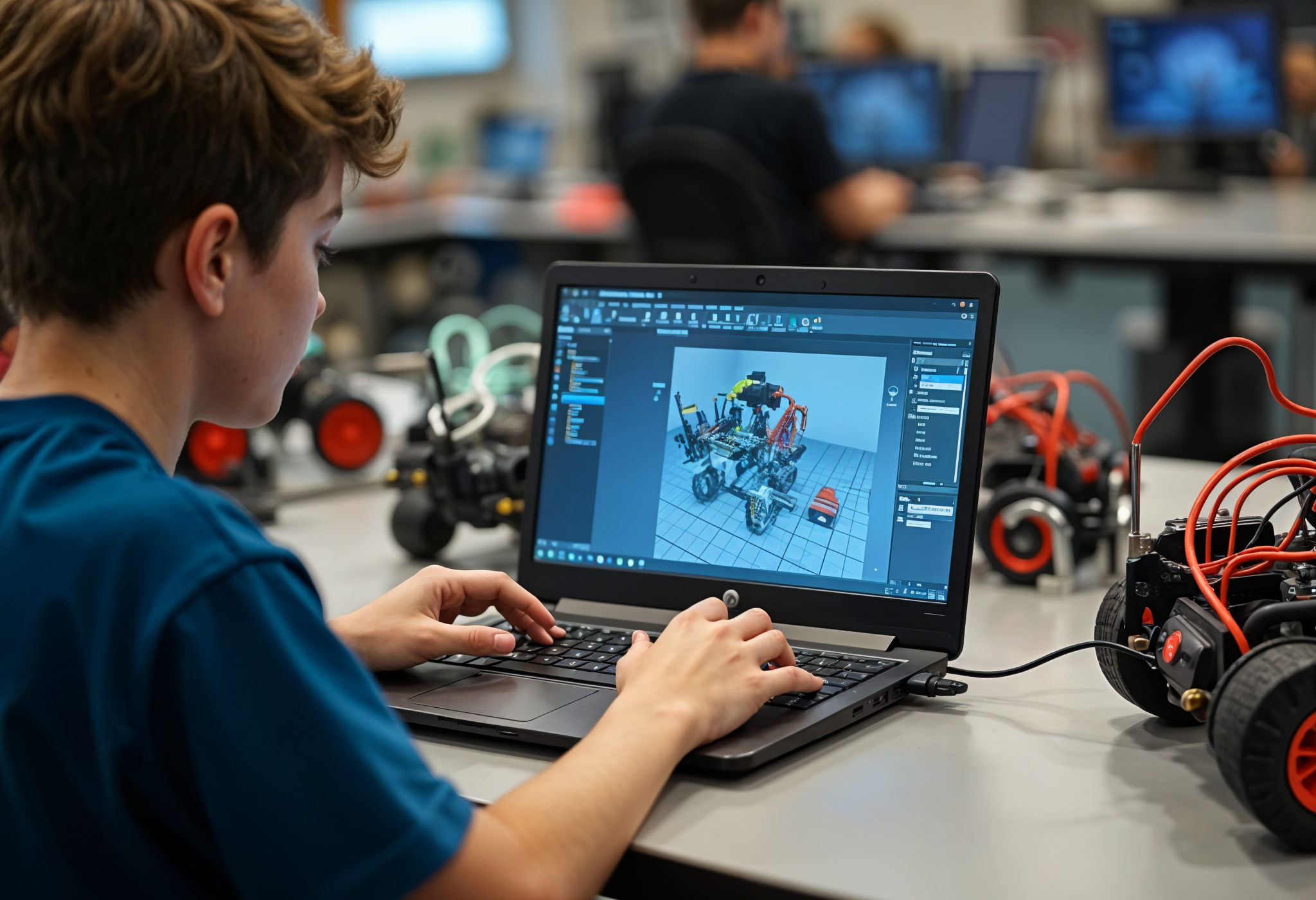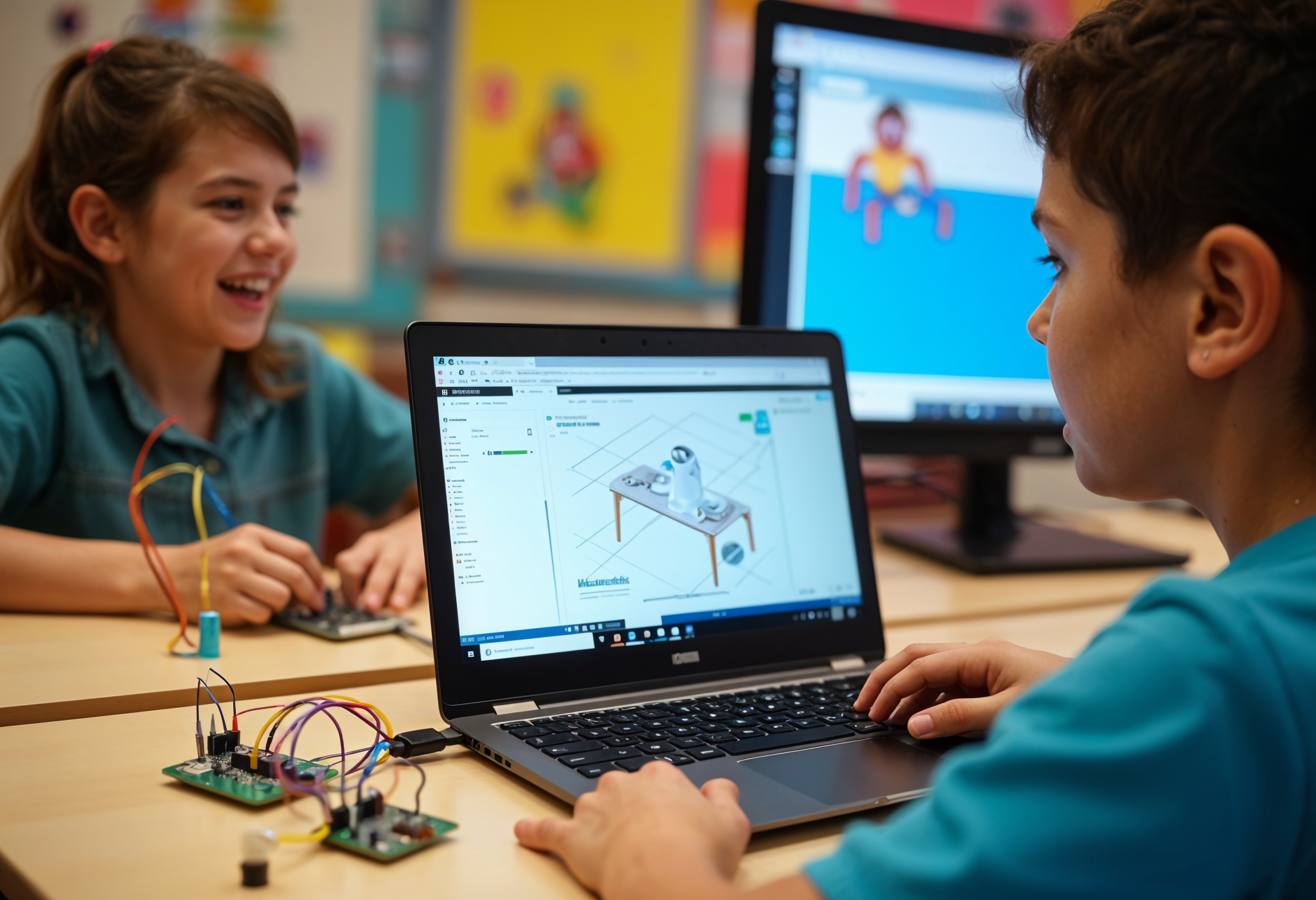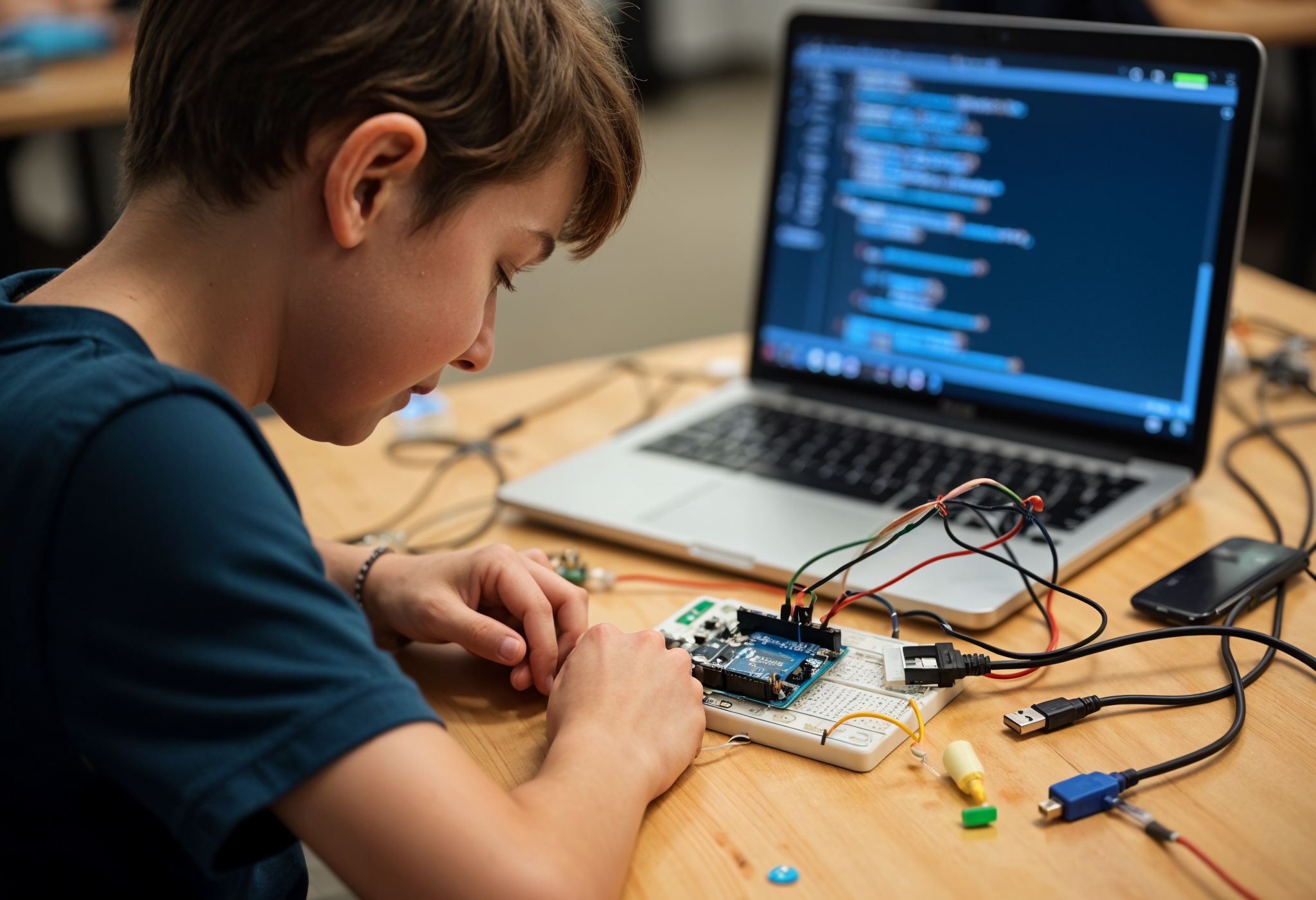
The ROS Introduction Course introduces students to the Robot Operating System (ROS), the industry-standard middleware for programming and controlling robots. Ideal for learners with a foundation in Python or robotics, this course covers ROS concepts like nodes, topics, services, and packages, while guiding students through real-world robotics simulations using Gazebo and Rviz. It sets the groundwork for anyone aiming to build intelligent, modular robot systems.
This course serves as the first step into the world of professional robotics development. Students will learn how to install and configure ROS (Ubuntu), create and manage workspaces, write basic publisher/subscriber nodes in Python, and simulate robot behavior in Gazebo. A focus on hands-on application ensures learners can connect software logic to physical robot responses.
What Will You Learn?
- What is ROS and why it’s essential in robotics
- Installing ROS (ROS Noetic or ROS 2 Foxy) on Ubuntu
- Understanding nodes, topics, messages, and services
- Writing basic ROS nodes using Python (rospy)
- Building and launching ROS packages
- Using rqt_graph, rostopic, and rosnode to debug
- Simulating robots in Gazebo
- Visualizing data with Rviz
- Introduction to URDF files and robot models
Student Ratings & Reviews





